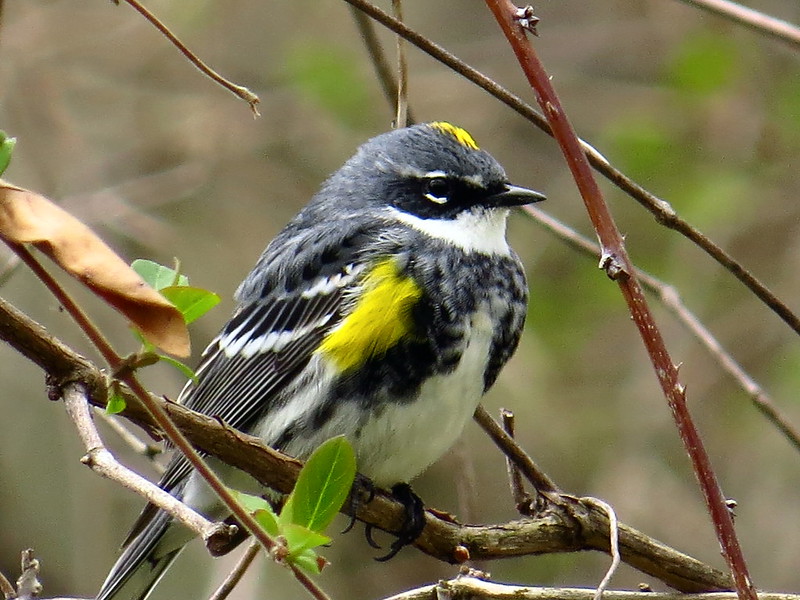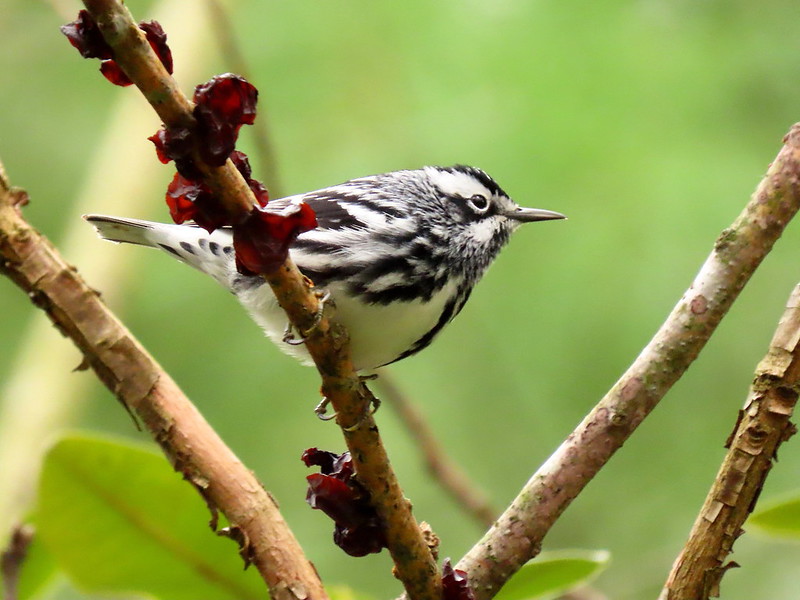I worked in Ohio for a few years in between my starter life and my current life. The facility was a nature center and they had an educational farm attached. When I think back on chapters in my life that dramatically impacted others, that was a particularly formative chapter. My farming knowledge, nature-based non-profit experience, land ethic, and natural history knowledge all have their strongest roots in that time period.
One area of growth that I still recollect regularly is ornithology. I know, sounds very scientific, but in reality, that Ohio nature center and the people working there teaching me, nurtured the bird nerd in me and forever changed my brain and heart. It probably started with the spring ornithology class led by Tom.
While I knew about the world of birds, I hadn’t truly felt the pull toward them until a semester abroad in Australia. Taking this course back stateside solidified the passion. The course consisted of four weeks (I think) of Wednesday evening classes followed by field trips on Saturday. This gave the information about species, song, and family hands-on application — a brilliant combination.

This is also when I got hooked on warblers. Yes, small yellow birds. Frustrating to many people, especially in the fall. In the spring, though, in southern Ohio it was like Mother Nature felt moved to decorate the valley with brilliant splashes of melodious hues. Chestnut-sided Warblers, Yellow Warblers, Canada Warblers, Magnolia Warblers, Black-and-white Warblers, and the list goes on.
It is true that most warblers have yellow on them, though there are some exceptions. Most of them also never stop moving, and so getting a pair of binoculars on them can be a challenge. Perhaps this is why novice birders experience frustration — hard to like something that is usually only a blur. They also tend to prefer brushy and dense habitat, making sighting them even more of a challenge. That’s where song comes in.
Birding by ear is a learned skill. And everyone learns differently. Some need a visual representation of the song, others memorize the songs. Still others apply mnemonics to make the songs more recognizable. Birding by ear involves using words like sweet, harsh, sharp, and soft in relation to sounds. I am a mnemonic person. On a walk in the spring I hear the warblers saying “Sweet, sweet, sweet, I’m so sweet,” “Pleased, pleased, pleased to meet you,” and “Cheater! Cheater! Cheater! Cheater!” I also hear squeaky wheels, buzzing, and murmuring.
Some have characteristic, fairly unmistakable field marks: a bobbing tail, a white handkerchief, or a hockey goalie’s helmet. Wing bars, eye lines, caps, collars, and masks also help to tell one species from another. Finally, wetlands, forests, field edges, and creeks all have different soundtracks as warblers can be particular about where they set up house for the season.

Do I have favorites? Of course. The Blackburnian Warbler will, I suspect, forever top the list. A color unmatched in the animal world, the orange sported by the male of this species defies description. Add some yellow, black, and white in lines, streaks, and patches and this bird is breathtaking. Almost always higher than I want it to be, the aching neck and shoulders are worth every sighting. Ironically, a close second is the Black-and-white Warbler. Just as stark as its name implies, this one has such clean, sharp lines. It is a well-dressed bird that is particularly fond of monochromatic stripes.
There are others that I’ve seen only a handful of times: the Bay-breasted Warbler visited my porch one spring, once. We saw it on Birdathon last year as well. This is another species whose color is both familiar and not. It is hard to forget. Cape May Warblers abounded one year at Birdathon, but none after. And I haven’t seen a Canada Warbler or Magnolia Warbler since the bird walks with Tom in Ohio.
It’s not too late to go out and listen to the soundtrack of the spring world. Warblers are calling, along with a host of other avian relatives. While you don’t need to know their names, you might find yourself listening more closely to their voices, perhaps hearing them sing “come, come, come a little closer.”
Audubon Community Nature Center builds and nurtures connections between people and nature. ACNC is located just east of Route 62 between Warren and Jamestown. The trails are still open from dawn to dusk but Liberty, the Bald Eagle is currently off display during the construction of the Pamela A. Westrom Wildlife Habitat. You can visit her on her Facebook page. The Nature Center is partially open, including restrooms, the Blue Heron Gift Shop, and some exhibits. More information can be found online at auduboncnc.org or by calling (716) 569-2345.
Sarah Hatfield is Education Coordinator at ACNC.


Recent Comments